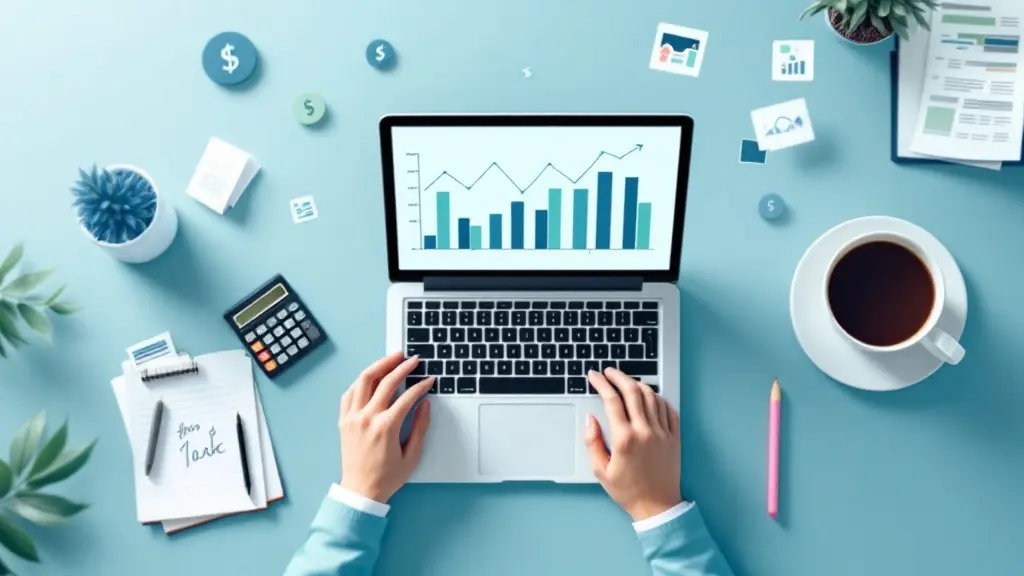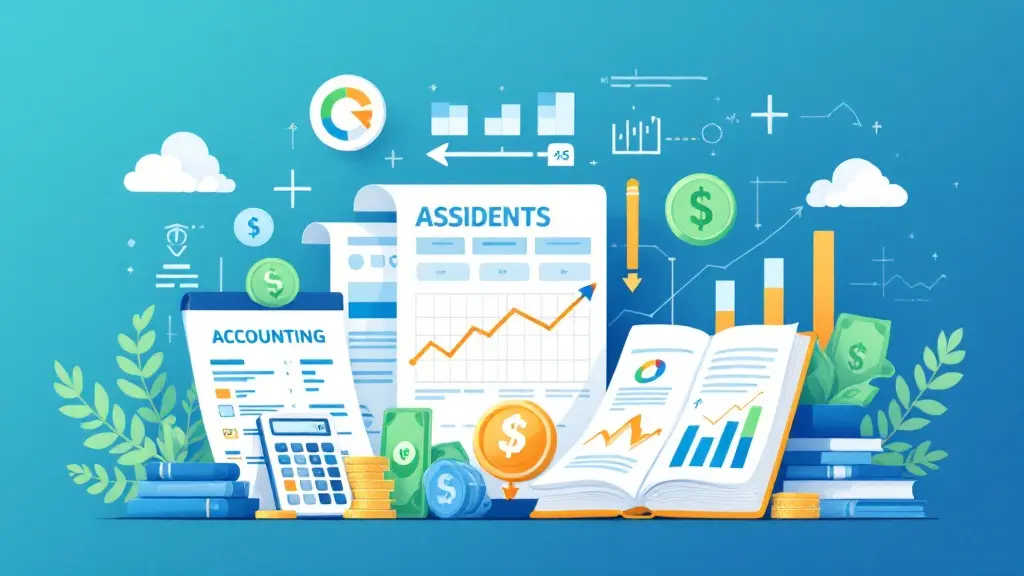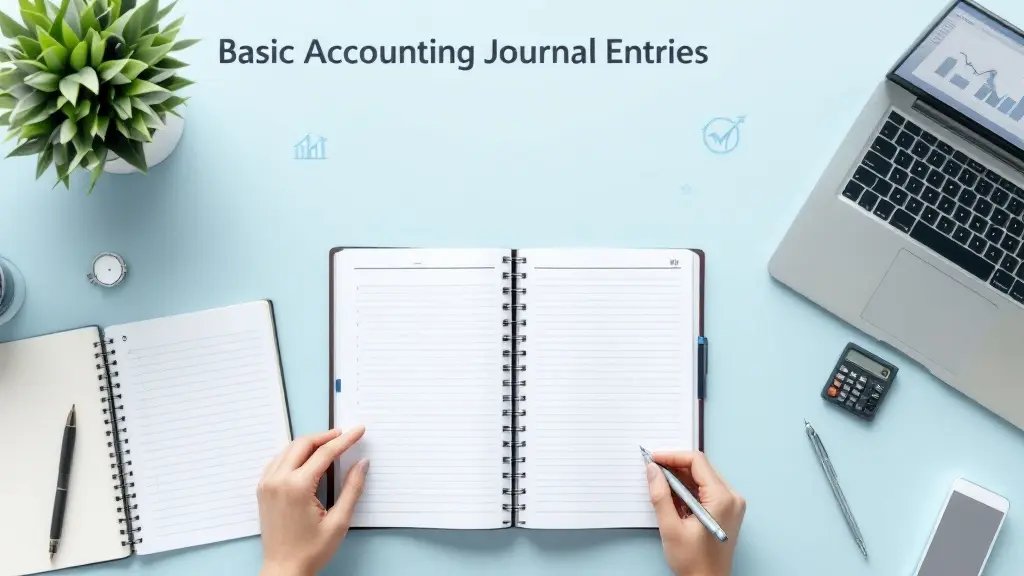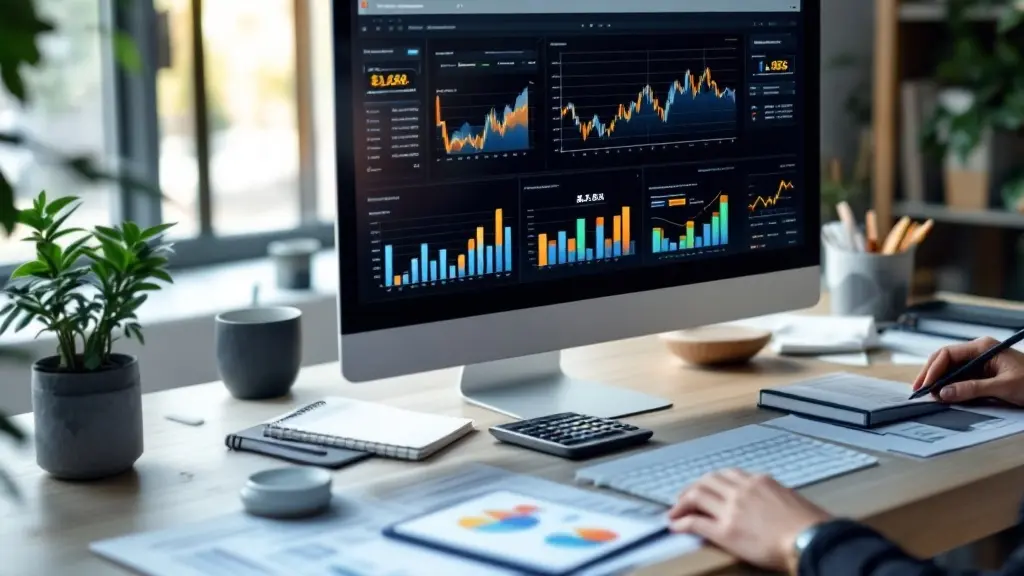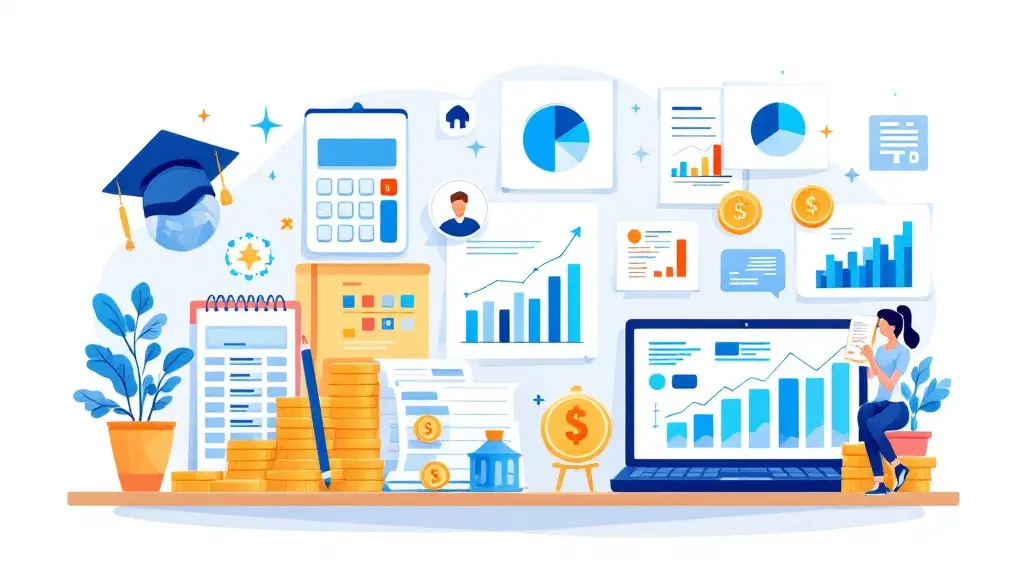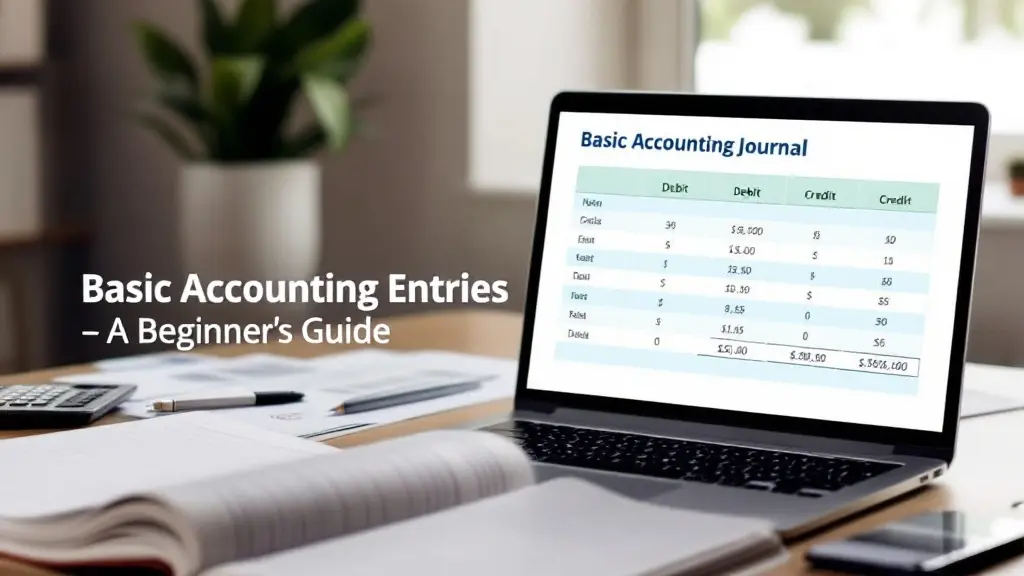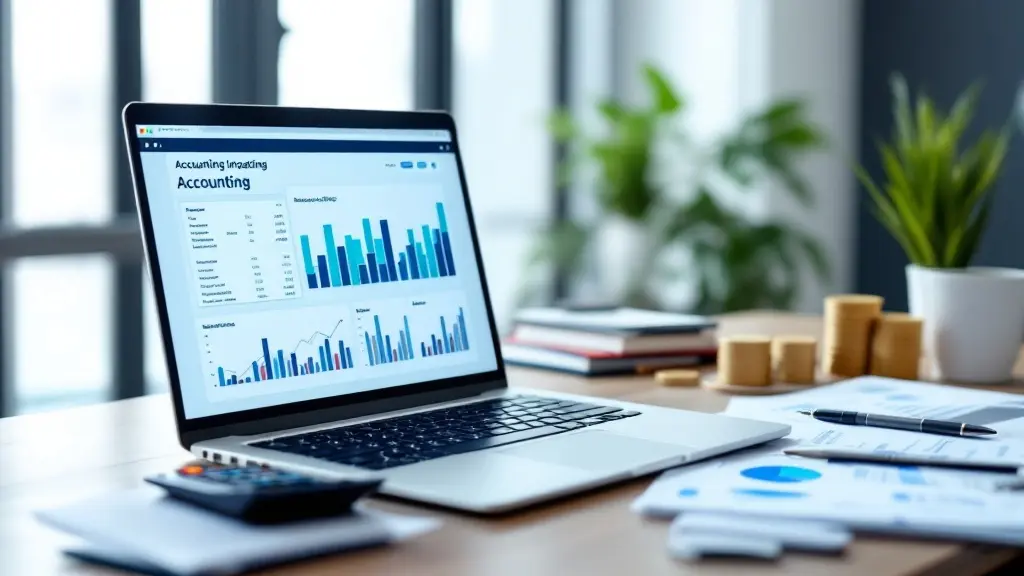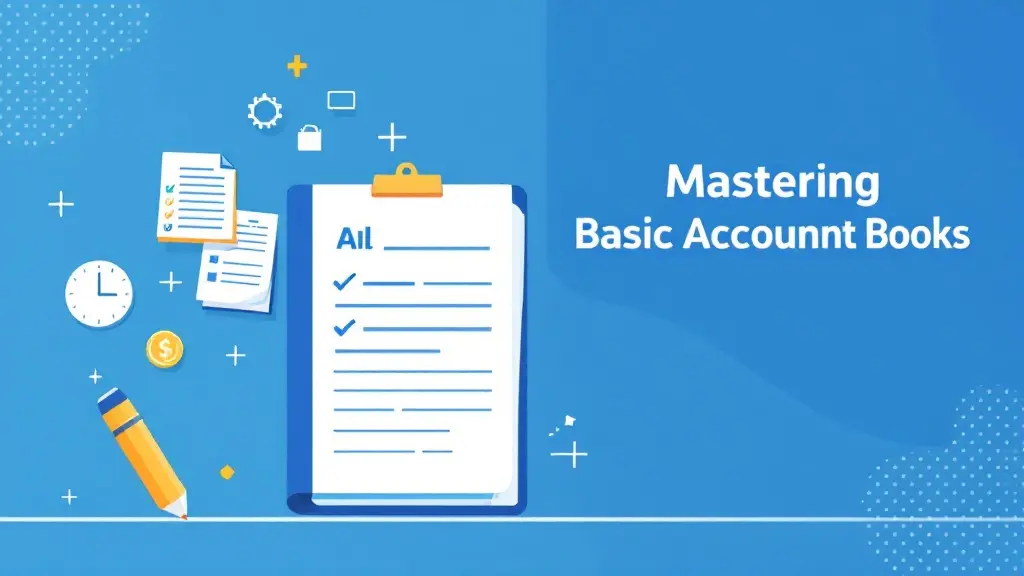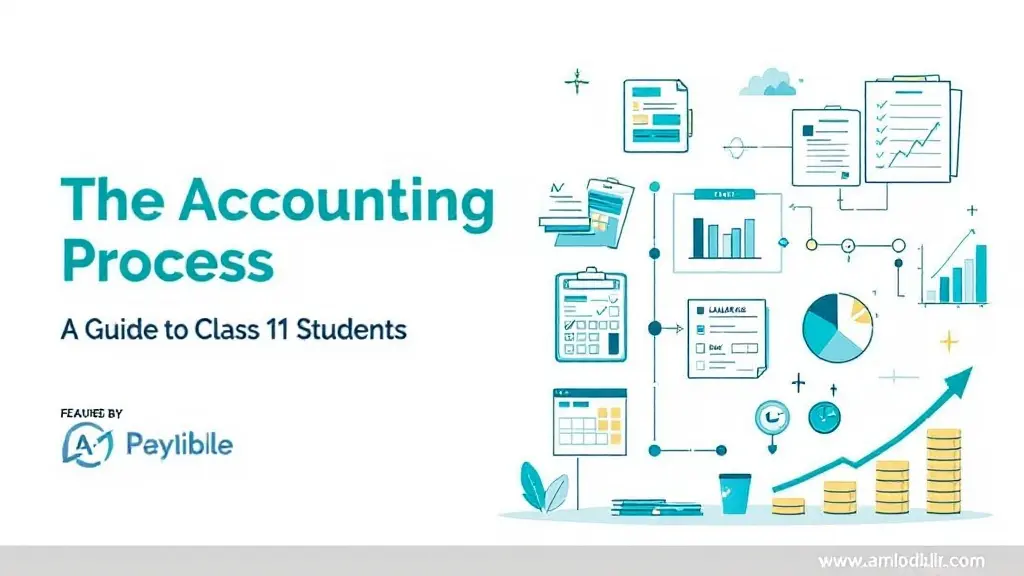Understanding Balance Sheet Images: A Visual Guide to Financial Health
[fusion_dropcap class="fusion-content-tb-dropcap"]A[/fusion_dropcap] balance sheet is a snapshot of a company’s financial position at any given point in time. It provides essential information on the company’s assets, liabilities, and equity. While the balance sheet is typically seen in tabular form, balance sheet images can serve as a great tool for understanding these key concepts visually. This article will explore the importance of balance sheet images, how to interpret them, and the role they play in financial analysis.
What Is a Balance Sheet?
A balance sheet is one of the most fundamental financial statements that provide insights into a company’s financial health. It is divided into three key sections:
- Assets – What the company owns.
- Liabilities – What the company owes.
- Equity – The ownership value in the company.
These sections are balanced, hence the name “balance sheet.” The basic equation that governs this document is: Assets=Liabilities+Equity\text{Assets} = \text{Liabilities} + \text{Equity}
This equation reflects the fundamental financial rule that a company’s assets are financed either by debt (liabilities) or equity (owner’s stake).
Why Balance Sheet Images Matter
Balance sheet images break down this complex data into visual forms, making it easier for both professionals and non-professionals to grasp financial information at a glance. With a clear visual representation, users can quickly compare various components, track trends over time, and make informed decisions.
The Power of Visuals in Financial Reporting
When it comes to financial reporting, images can simplify understanding. Complex data, like that in a balance sheet, can be overwhelming, especially for those without an accounting background. Here’s how balance sheet images help:
- Quick Insight: Images provide an immediate overview of a company’s financial position, helping stakeholders quickly assess the health of a business.
- Trend Analysis: A visual comparison of balance sheets over time allows users to track the growth or decline of key assets, liabilities, and equity.
- Enhanced Accessibility: For those unfamiliar with accounting jargon, visuals make financial statements more accessible and digestible.
Key Components of a Balance Sheet Image
When analyzing a balance sheet image, it’s important to understand the core components that are typically represented. These components are visualized differently depending on the type of image, but they usually include the following:
1. Assets Section
The assets section represents everything a company owns, from cash to property. The assets are often divided into two main categories:
- Current Assets: Assets that can be converted into cash within one year, such as cash, accounts receivable, and inventory.
- Non-Current Assets: Long-term assets that cannot be easily liquidated within a year, including property, plant, and equipment (PPE), and intangible assets like patents or trademarks.
2. Liabilities Section
This section represents what the company owes. Similar to assets, liabilities are divided into:
- Current Liabilities: Debts that are due within one year, such as accounts payable, short-term loans, and accrued expenses.
- Non-Current Liabilities: Long-term debts or obligations that are due after one year, including long-term loans, bonds payable, and deferred tax liabilities.
3. Equity Section
The equity section shows the value remaining after all liabilities are subtracted from assets. It represents the ownership value in the company and includes:
- Owner’s Equity: The capital invested by the company’s owners.
- Retained Earnings: Profits that have been reinvested in the company rather than distributed to shareholders.
- Share Capital: The portion of equity raised through the issuance of shares.
4. Visual Representation
In a balance sheet image, these sections are usually represented in a stacked or bar chart format, where the size of each bar corresponds to the value of that specific component. The assets, liabilities, and equity sections will be clearly labeled, making it easier for anyone to visualize the financial situation.
How to Interpret Balance Sheet Images
Interpreting balance sheet images requires understanding the key elements and their relationships. Here are a few steps to help guide you through the process:
Step 1: Look at the Total Assets
The first thing to focus on in a balance sheet image is the total assets section. This gives you an overall understanding of the company’s wealth. A higher asset value generally indicates that the company owns more resources, which can be a good sign of financial health.
Step 2: Compare Liabilities to Assets
Next, compare the total liabilities to the total assets. A balanced ratio of assets to liabilities is essential for a healthy company. If liabilities exceed assets, it may indicate that the company is over-leveraged, which can pose financial risks.
Step 3: Check the Equity Section
The equity section shows the residual interest in the company after all liabilities are paid. A growing equity section is generally a positive indicator, showing that the company is building value and retaining profits.
Step 4: Trend Over Time
If you are looking at multiple balance sheet images over time, compare the changes in assets, liabilities, and equity. Is the company’s equity growing? Are its liabilities decreasing? These trends can help you gauge the company’s financial trajectory.
Benefits of Using Balance Sheet Images for Financial Analysis
Balance sheet images serve several purposes for both internal and external stakeholders. Let’s take a look at the specific benefits:
1. Simplifying Complex Data
Balance sheets can be loaded with technical financial data that may not be intuitive to understand. Visual aids like charts and graphs simplify this information and make it easier to digest.
2. Comparing Different Companies
Balance sheet images make it easier to compare the financial position of multiple companies. Visual representations allow you to quickly spot strengths and weaknesses between competitors.
3. Attracting Investors
For businesses looking to attract investors, balance sheet images can help tell a compelling story. Clear, easy-to-understand visuals can demonstrate the company’s financial health and growth potential, which is essential for gaining investor trust.
4. Assessing Financial Health at a Glance
Visual balance sheet representations allow anyone from investors to executives to quickly assess the company’s financial health, making them an essential tool for decision-making.
Where to Find Balance Sheet Images
Balance sheet images can be found in various places, including:
- Annual Reports: Many companies publish their financial statements, including balance sheets, in their annual reports. These reports often feature balance sheet images for ease of understanding.
- Accounting Software: Most modern accounting software allows users to generate balance sheet images or charts, making them accessible for business owners and accountants.
- Financial Websites and Databases: Financial data providers, such as Bloomberg, Reuters, or market research sites, may provide balance sheet visuals for publicly traded companies.
Conclusion
Balance sheet images offer a unique and effective way to understand financial data quickly. By turning complex financial statements into visual forms, these images make it easier to assess a company’s financial health and track trends over time. Whether you are an investor, a business owner, or someone looking to learn more about financial analysis, using balance sheet images can provide valuable insights and simplify the process of making informed decisions.
